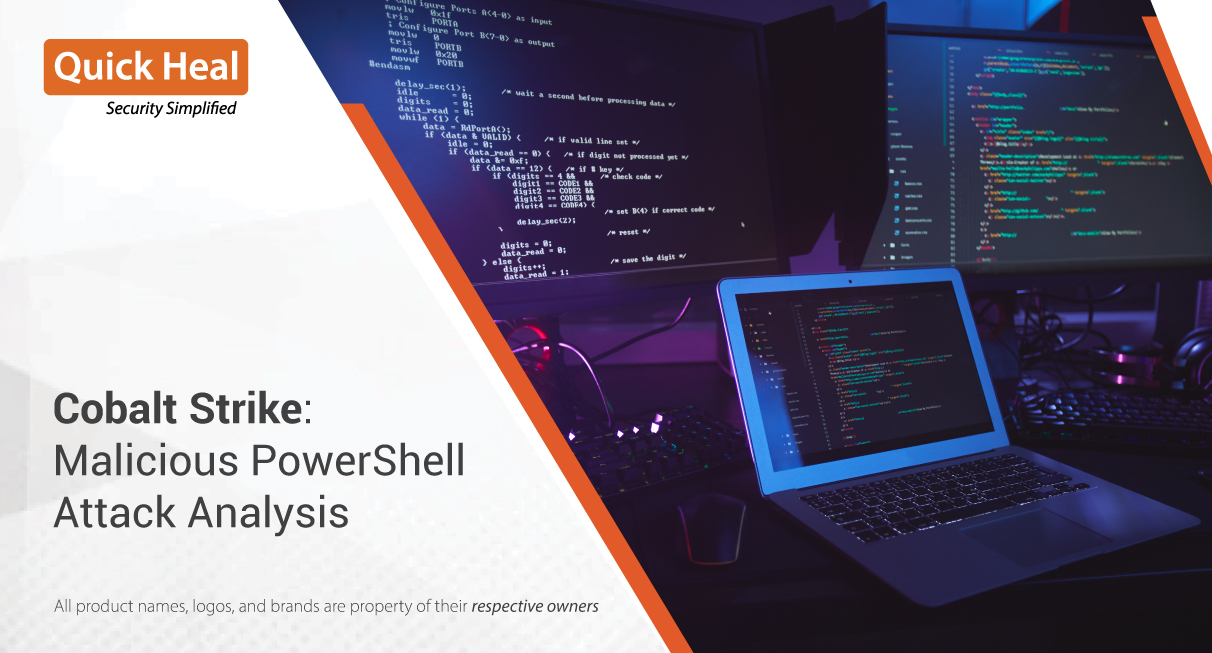

The removal of the backdoor-generation function and the compromised code from SolarWinds binaries in June could indicate that, by this time, the attackers had reached a sufficient number of interesting targets, and their objective shifted from deployment and activation of the backdoor (Stage 1) to being operational on selected victim networks, continuing the attack with hands-on-keyboard activity using the Cobalt Strike implants (Stage 2).įigure 1. This approximation means that real hands-on-keyboard activity most likely started as early as May. The same blog also said that the attackers removed the Solorigate backdoor code from SolarWinds’ build environment in June 2020.Ĭonsidering this timeline and the fact that the Solorigate backdoor was designed to stay dormant for at least two weeks, we approximate that the attackers spent a month or so in selecting victims and preparing unique Cobalt Strike implants as well as command-and-control (C2) infrastructure. The missing link: From the Solorigate backdoor to Cobalt Strike implantsĪn attack timeline that SolarWinds disclosed in a recent blog showed that a fully functional Solorigate DLL backdoor was compiled at the end of February 2020 and distributed to systems sometime in late March. We’ll also share our deep dive into additional hands-on-keyboard techniques that the attackers used during initial reconnaissance, data collection, and exfiltration, which complement the broader TTPs from similar investigative blogs, such as those from FireEye and Volexity. To uncover these cases, we used the powerful, cross-domain optics of Microsoft 365 Defender to gain visibility across the entire attack chain in one complete and consolidated view.

This blog provides details about this handover based on a limited number of cases where this process occurred. Our investigations show that the attackers went out of their way to ensure that these two components are separated as much as possible to evade detection. One missing link in the complex Solorigate attack chain is the handover from the Solorigate DLL backdoor to the Cobalt Strike loader. We have also detailed the hands-on-keyboard techniques that attackers employed on compromised endpoints using a powerful second-stage payload, one of several custom Cobalt Strike loaders, including the loader dubbed TEARDROP by FireEye and a variant named Raindrop by Symantec.

We have published our in-depth analysis of the Solorigate backdoor malware (also referred to as SUNBURST by FireEye), the compromised DLL that was deployed on networks as part of SolarWinds products, that allowed attackers to gain backdoor access to affected devices. Our goal is to continue empowering the defender community by helping to increase their ability to hunt for the earliest artifacts of compromise and protect their networks from this threat. In this blog, we’ll share new information to help better understand how the attack transpired. These attackers appear to be knowledgeable about operations security and performing malicious activity with minimal footprint. Our continued analysis of threat data shows that the attackers behind Solorigate are skilled campaign operators who carefully planned and executed the attack, remaining elusive while maintaining persistence.
More than a month into the discovery of Solorigate, investigations continue to unearth new details that prove it is one of the most sophisticated and protracted intrusion attacks of the decade. As we release new content and analysis, we will use NOBELIUM to refer to the actor and the campaign of attacks. Microsoft Threat Intelligence Center (MSTIC) has named the actor behind the attack against SolarWinds, the SUNBURST backdoor, TEARDROP malware, and related components as NOBELIUM. Microsoft previously used ‘Solorigate’ as the primary designation for the actor, but moving forward, we want to place appropriate focus on the actors behind the sophisticated attacks, rather than one of the examples of malware used by the actors. UPDATE: Microsoft continues to work with partners and customers to expand our knowledge of the threat actor behind the nation-state cyberattacks that compromised the supply chain of SolarWinds and impacted multiple other organizations.


 0 kommentar(er)
0 kommentar(er)
